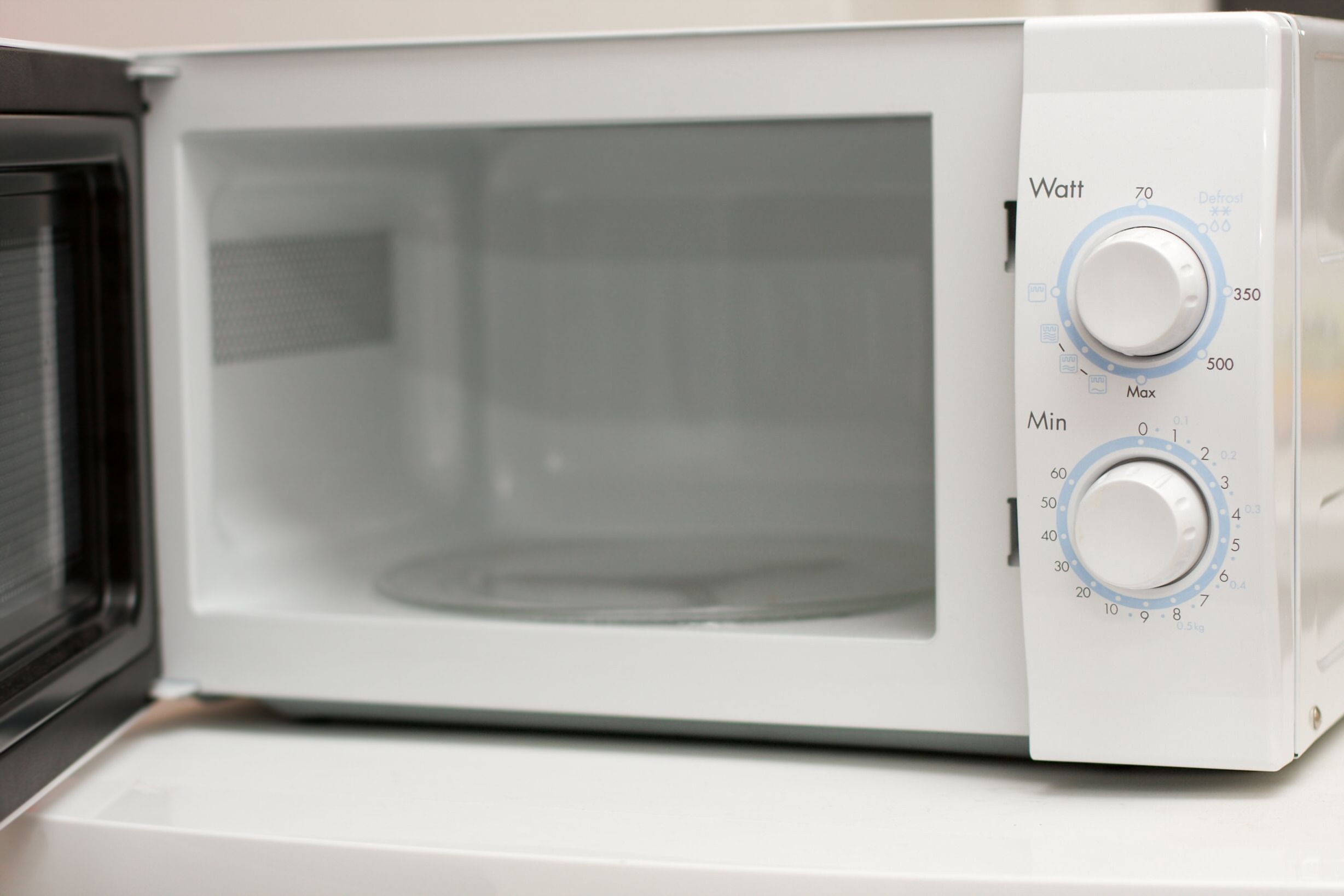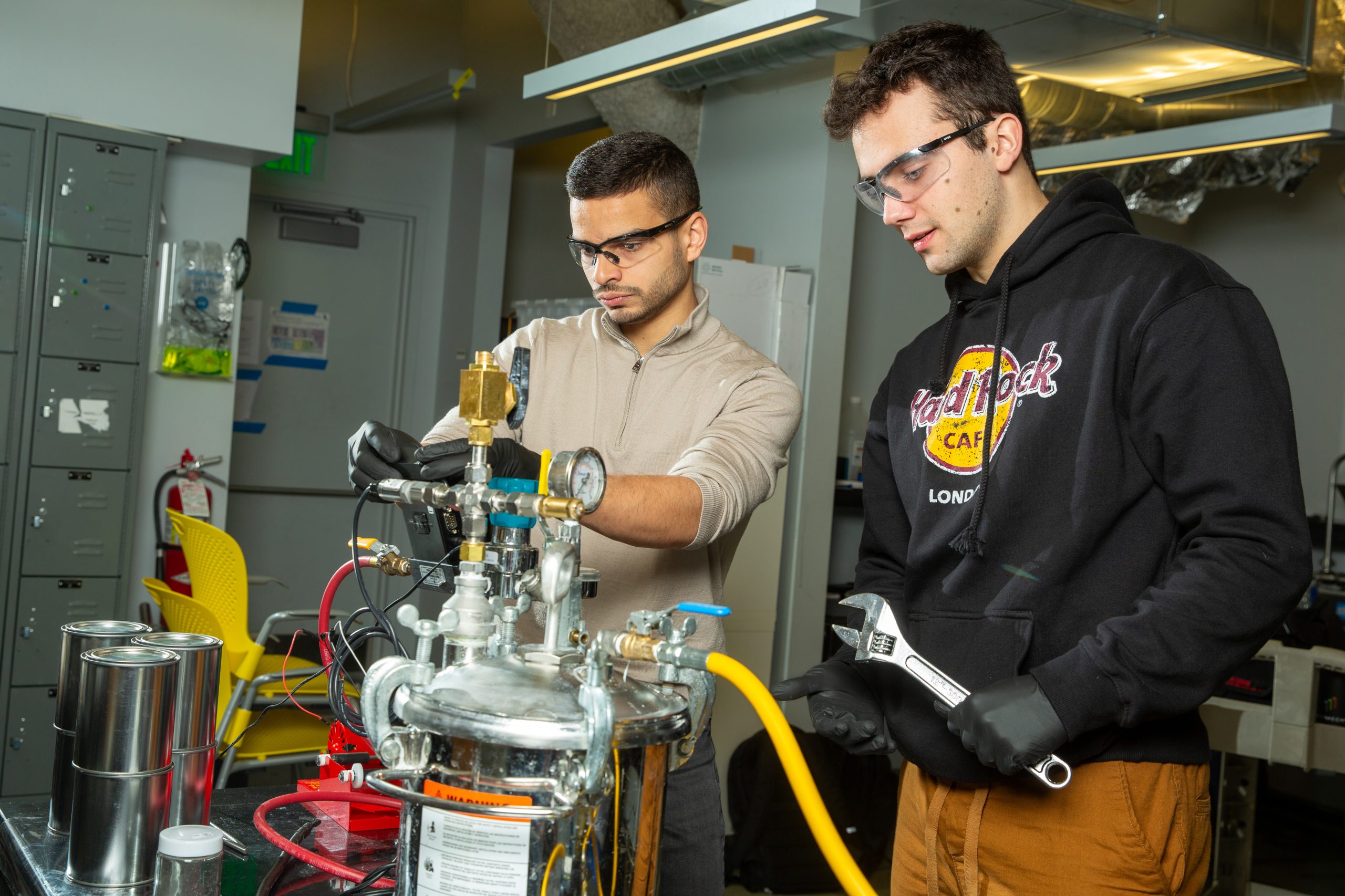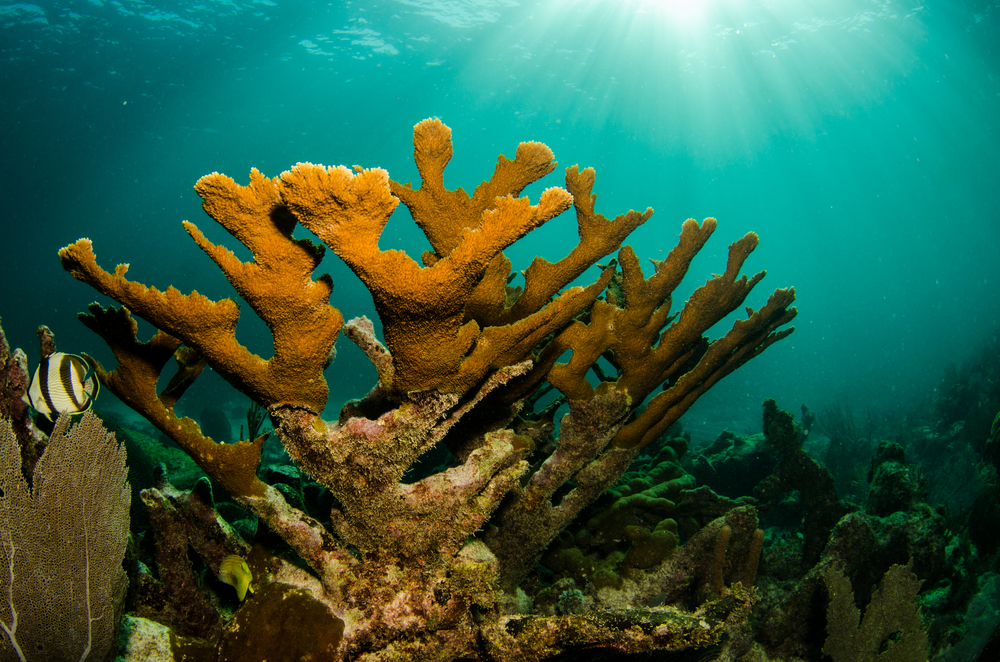The average American uses 80 gallons of water per day for bathing, laundry, drinking, etc. That number blows up to 2000 gallons per day if you factor in the water used to produce the clothes you wear, or the water used to refrigerate your food, or the biggest culprit– agriculture.
Agriculture uses 80% of all the water soaked up in the US, and with the drought California and other agricultural strongholds are currently experiencing there is no better time than now to start rethinking and fixing the way we spend our water. And while we can grow more food on less land, we can also grow the same amount of food using less water.
Agriculture uses so much water because a huge portion of water used to grow crops is wasted, and isn’t even absorbed by crops. There are three main ways water is wasted when trying to grow fruits and vegetables. First, water can evaporate off the ground before it is even absorbed into the soil. Secondly, water can runoff of the plant’s bed if it is watered too quickly. Finally, crops can be over watered, or the watering area is too large, so water is absorbed past the soil roots where the plant cannot benefit from it.
Personal water saving techniques at home is great for bringing down the 80 gallons per day most of us consume. But if we want to impact the 2000 gallons we inadvertently use then improvements in watering techniques, agricultural technology, and water prices need to take place.
The Growsmart technology developed by Lindsay has an array of products that bring farming into the 21st century, and allow for more exact growing techniques. Products like the Precision VRI lets farmers use a computer to set different watering amounts for each of their crops depending on soil types, crop type, or proximity to a natural water resource.
The Soil Moisture Monitor, also by Lindsay, lets farmers see how deep their water is being absorbed into the soil. Farmers can then scale back watering if it is going too deep, or pump it up if the water isn’t penetrating the surface deep enough.
While 60% of the farms using these innovative water-measuring techniques consume less water than conventional farms, only 10% of farms have this technology in place. The reason behind such low levels of adoption monetary– water is cheap, and it’s often cheaper to waste water than to implement a range of computers to limit its consumption.
Being weary of driving up water costs is understandable– it would in effect drive up the price of food. But raising the price of water is the only way to drive the adoption of water saving technologies. We also must answer this question collectively: is it right that our most precious resource is priced so low that it is cheaper to waste than save? I think not. | Read more stories like this on The Optimist












